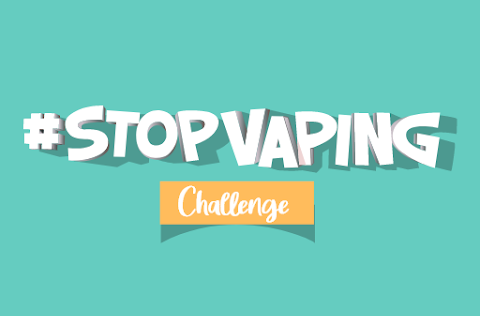Abstract
Introduction
The majority of e-cigarette vaping youth use nicotine when vaping. Some then become dependent on the nicotine, which can result in subsequent health effects. There has been limited evaluation of convergent validity of e-cigarette dependence measures for use specifically in youth. The aim of this study was to investigate and validate various e-cigarette dependence measures for use in youth populations.
Aims and Methods
One thousand two hundred and five Canadian youth aged 16–24 who completed a cross-sectional online survey reported vaping at least monthly and were thus included in the analysis. E-cigarette dependence was assessed using a modified Penn State Electronic Cigarette Dependence Index (PS-ECDI), the E-Cigarette Dependence Scale (EDS), a self-perceived vaping dependence question, and time to first vape after waking. Internal consistency, convergent validity, and concurrent validity of the measures were assessed.
Results
Both the PS-ECDI and the EDS exhibited a good degree of internal consistency (α = 0.8472 and 0.8405, respectively). All measures exhibited convergent validity against each other and against time to first vape upon waking (p < .001), as well as concurrent validity against vaping frequency and nicotine concentration (p < .001). The PS-ECDI was inferior to the EDS, self-perceived measure, and time from waking when predicting daily vaping frequency, but, along with the self-perceived measure, was superior to the EDS and time from waking when predicting monthly vaping.
Conclusions
All measures exhibit convergent and concurrent validity, as well as internal consistency. Depending on the needs of the study, it would be appropriate to use any of these measures when assessing e-cigarette dependence in adolescent and young-adult populations.
Implications
The PS-ECDI and the self-perceived measure are equally effective in predicting monthly vaping, but the self-perceived measure was superior in predicting daily vaping. Thus, the one-item self-perceived measure of dependence is appropriate for use and preferable to the 11-item PS-ECDI or the 4-item EDS in situations of limited time or where subjects are at risk of respondent fatigue, and is superior to time to first vape after waking to predict vaping frequency.
Date: December 2021
Type of Publication: Journal Article


 Download directly from your phone’s app store, or through the following links:
Download directly from your phone’s app store, or through the following links: 




